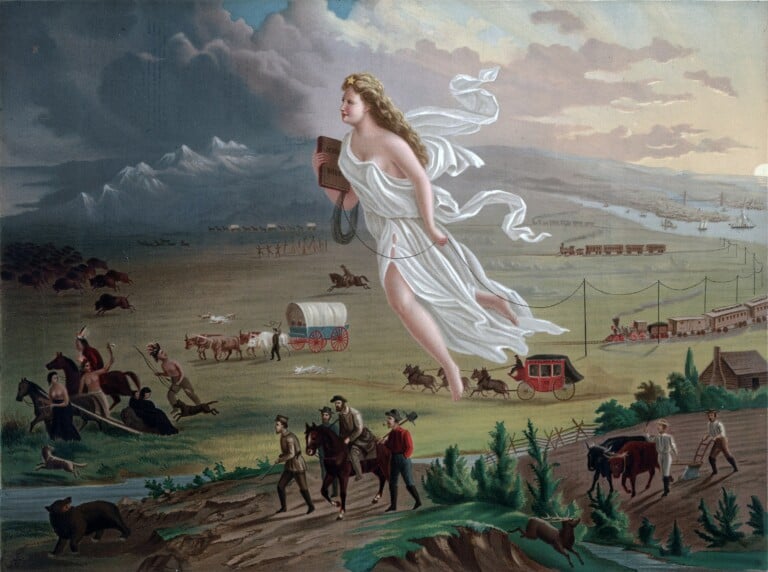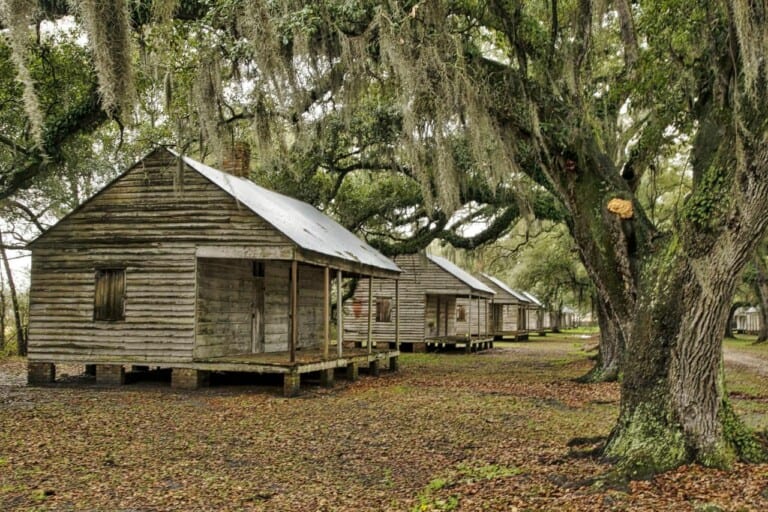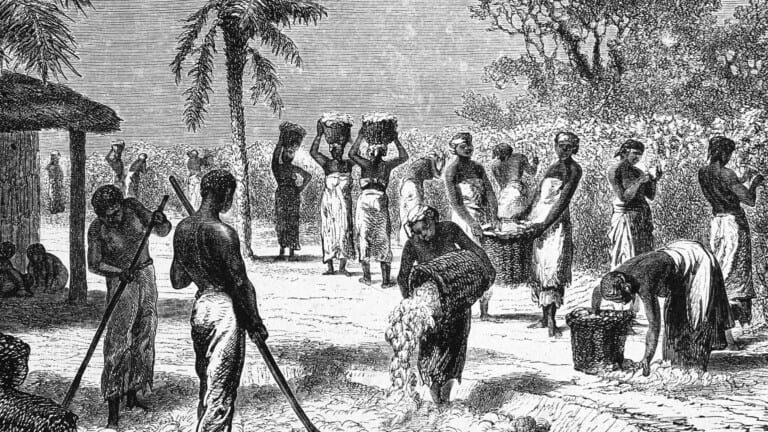Introduction
O’Sullivan is one of the most famous journalists in American history. He is the one who coined the expression “Manifest Destiny”.
He was a Democrat and the official spokesman for American expansion (we should remember that Democrats stood for expansion whereas Republicans were against it).
O’Sullivan wrote two important articles: “The Great Nation of Futurity” in 1839 and “Annexation” in 1845, where he added a justification to American expansion.
For O’Sullivan, the two major words were “manifest destiny” and “justification”. That theme of destiny is not new: since the beginning of American history, the Puritans have always emphasized the special destiny of America.
That conception, based on exceptionalism, was essentially religious and lasted for two centuries.
In the 19th century, the theme of destiny became a political ambition, an official policy led by President Polk, who was elected on a manifest destiny platform. The 19th century was more down-to-earth.




